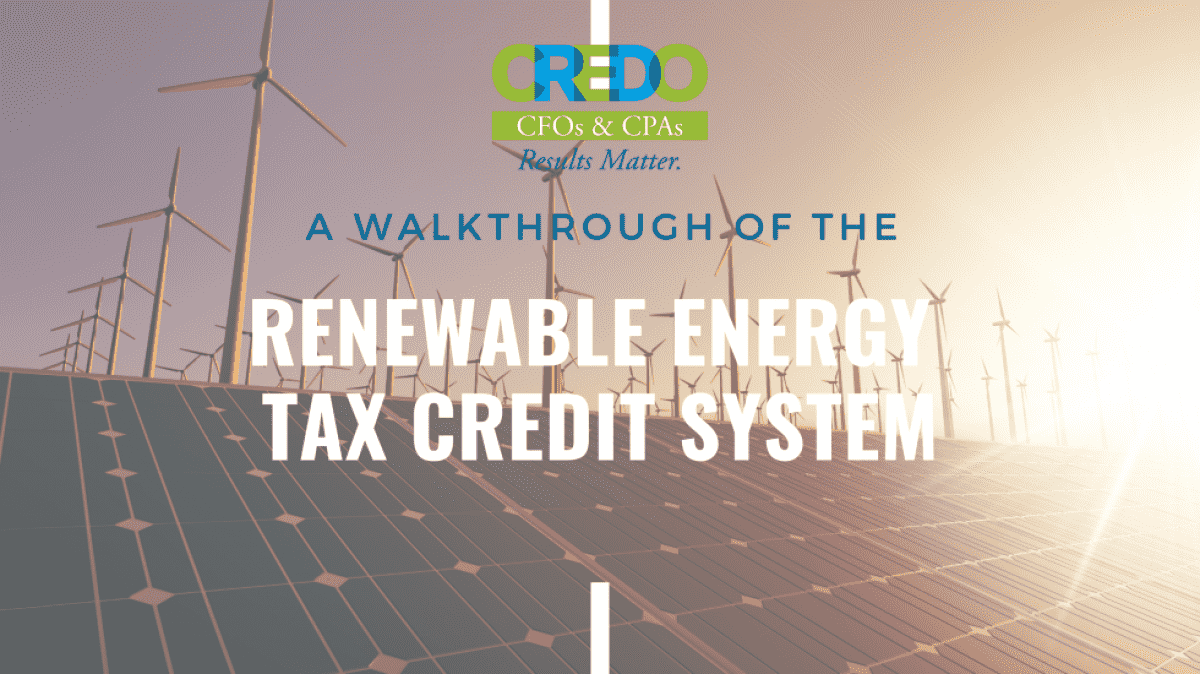A Walkthrough Of The Renewable Energy Tax Credit System

Renewable energy credits (RECs), often known as renewable energy certificates.
Everybody benefits from promoting renewable energy.
The demand on American businesses to establish ambitious net zero aims by stringent deadlines is increasing as a result of broader attempts to cut GHG emissions and battle climate change. Green power, or renewable electricity generated from sources like the sun or the wind, is becoming an increasingly important factor as firms make public commitments to lowering their carbon footprint.
When it comes to greenhouse gas emissions, the vast majority of companies rely on energy created from fossil fuels. Renewable energy is a clean alternative to traditional energy sources like coal and natural gas because it does not contribute to global warming or release harmful pollutants into the atmosphere. But how can businesses generate renewable electricity if they don’t have access to wind turbines or solar panels?
Then there are renewable energy credits (RECs), often known as renewable energy certificates. To put it plainly, RECs are the way for businesses to buy green sources of energy and lower their carbon footprint when they are unable to generate renewable energy on-site or when their local utility does not offer green power.
Although REC purchases are entirely voluntary, 33 states have enacted some form of Renewable Portfolio Standard (RPS) that forces utilities to either acquire or generate green electricity.
It doesn’t matter why you want to buy renewable electricity in the US, but you’ll need to learn about RECs.
What are Renewable Energy Credits (RECs)?
Certificates for renewable energy, commonly known as renewable energy credits (RECs), are a measure of the amount of power produced by renewable energy facilities like solar or wind farms. Purchasing RECs does not replace the need to purchase traditional electricity. Instead, renewable energy credits (RECs) stand in for the green credentials of renewable power.
How Renewable Energy Credits Work
Wind, solar, natural gas, and nuclear power are just some of the sources that feed into the grid to provide electricity. Consequently, you can never be sure from where your electricity comes. Acquiring RECs with your electricity bill is one solution to this issue. Certificates called renewable energy credits (RECs) represent the transfer of the “renewable” qualities of renewable energy sources to the owner. Basically, renewable energy is being generated for you right now in the form of renewable energy credits and grid electricity.
Creation of RECs
When a renewable energy source generates and transmits one megawatt-hour (MWh) of electricity to the grid, one REC is created. If a wind farm generates 5 MWh of electricity, for instance, it will earn 5 credits that can be used for future purchases or sold on the open market. If you or your company buys those credits, you can claim that 5 MWh of your electricity usage was generated by a renewable source (the wind farm) and feel good about your environmental impact.
After being sold, a REC can no longer be bought. Each renewable energy credit has a unique number and typically includes details about the location, renewable resource type, and date of production. All REC trades are recorded and audited for transparency.
Gains from RECs
Without installing solar panels or other renewable energy devices, RECs serve as official documentation that you are benefiting from the grid’s renewable energy supply. This provides you with options, especially if your company operates out of numerous locations or lacks the means to set up solar panels. Your company can lower its impact on the environment by purchasing RECs.
Buying RECs is beneficial to the renewable energy market because it sends a demand signal to the market, which stimulates the development of additional renewable energy generation facilities. In this way, RECs not only facilitate businesses’ achievement of their GHG emission reduction targets, but also promote the development of further renewable energy generation.
If you fulfill any of the following descriptions, RECs may be for you if you:
- Want to help the renewable energy industry but can’t put solar panels on your roof
- Wish to lessen your personal or company’s carbon footprint
- Are working toward specific environmental goals
- Would value knowing more about the source of your electricity
Renewable energy credits are good for the environment because…
Renewable energy certificates (RECs) incentivize the generation of clean energy, which is defined as energy generated without the usage of fossil fuels. Given these advantages, renewable electricity generation is preferable to the use of fossil fuels like coal and gas.
Wind, solar, flowing water (hydropower), organic plant and waste material (biomass), and the earth’s heat are all viable options for producing renewable energy certificates (RECs) (geothermal). In contrast to fossil fuels, the energy produced by renewables like solar and wind is both plentiful and self-renewing.
RECs vs SRECs
SRECs, or solar renewable energy certificates, are a subset of RECs that are unique to solar power. SRECs, like RECs, allow the owners of renewable energy facilities to trade their certificates. SRECs can only be earned by installing solar panels on a facility.
Solar energy is exempt in some states’ “carve outs” from their renewable portfolio standards. An RPS with a solar carve out is an RPS that specifies a percentage of the state’s total electricity output must be generated from solar panels in addition to the overall renewable energy production requirement. SRECs are used to account for this solar power.
One SREC is awarded for every MWh of electricity generated, both residentially and commercially. These SRECs can subsequently be sold to power companies. Six SRECs a year are possible with a standard 5 kW residential solar installation, and in some markets a single SREC might be worth $300 or more.
Should You Invest in RECs?
There are two types of REC buyers: those who do so voluntarily and those who must.
Credit purchasers who act voluntarily tend to be environmentally concerned businesses with an emphasis on carbon footprint minimization. There are a variety of reasons for these entities to invest in renewable energy credits. They may be striving to meet corporate emissions targets or simply be curious about the origin of their power. Whole Foods and Starbucks are two examples of companies that voluntarily purchase RECs. As voluntary buyers, homeowners have another option for showing their support for renewable energy.
Electric utilities that must source a particular percentage of their electricity from renewable sources are known as “compliance buyers.” The usage of renewable energy is mandated under Renewable Portfolio Standards (RPS) rules in several states. In order to prove that it is meeting its renewable energy requirements, utilities in states with such legislation are increasingly offering renewable energy credits to their customers. If the utility doesn’t produce enough RECs, it can generate them internally using renewable energy sources.
Feel free to contact us at Credo if you have more questions about RECs.



